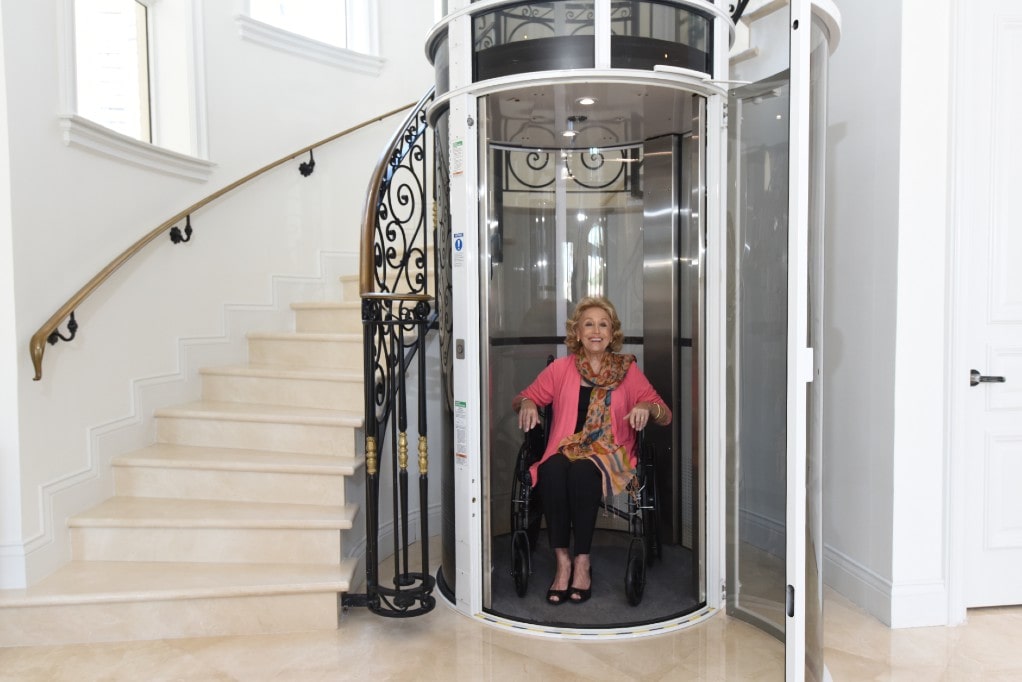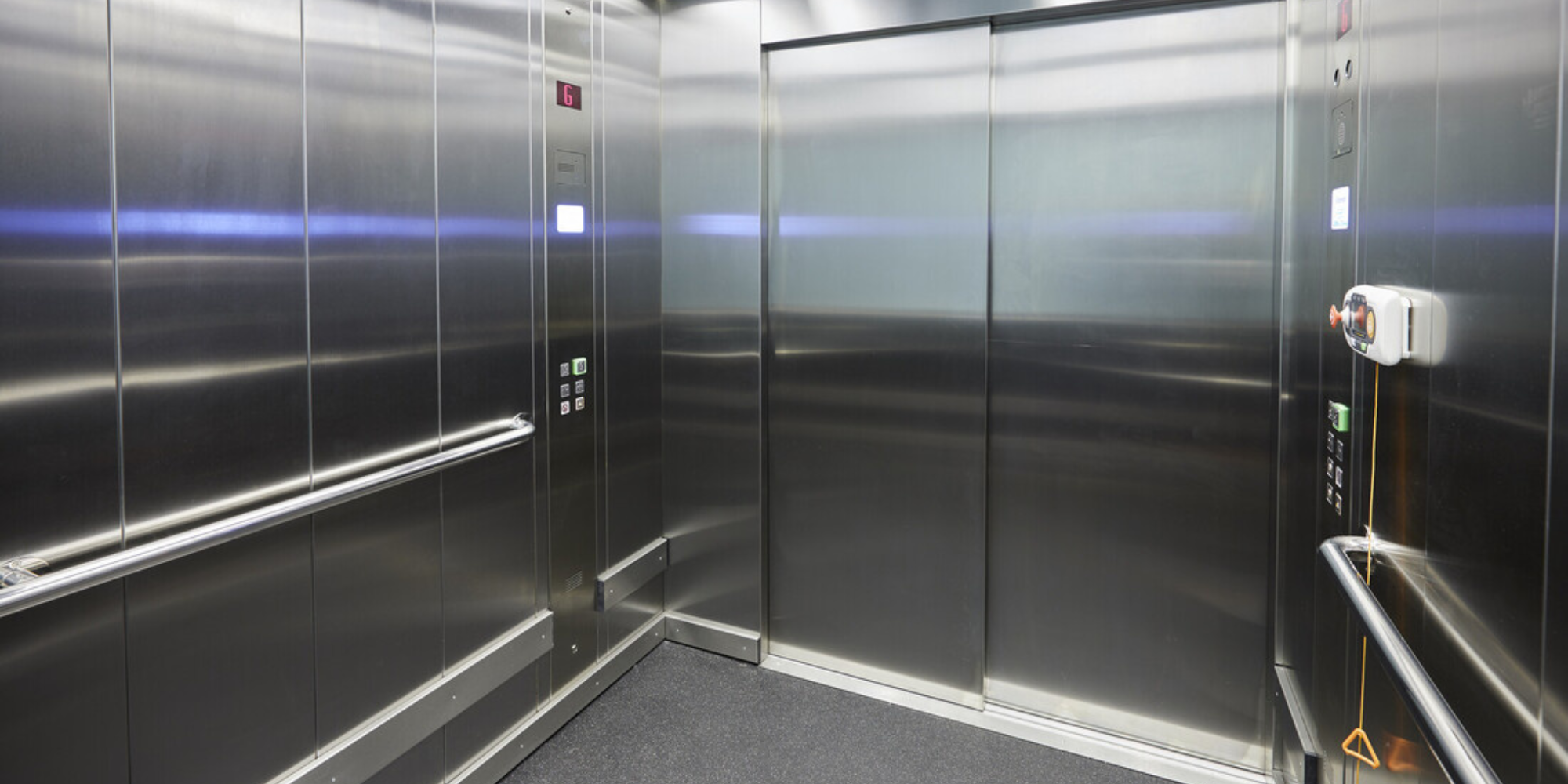Discover Reputable Lift Repair Near Me for Rapid and Affordable Solution
Discover Reputable Lift Repair Near Me for Rapid and Affordable Solution
Blog Article
Exploring the World of Lifts: Common Issues Encountered by Different Lift Systems
As we browse through the upright transportation systems of modern-day structures, lifts stand out as an indispensable element of our day-to-day lives. From hydraulic lifts to traction systems and machine-room-less layouts, each lift type comes with its set of typical concerns.
Hydraulic Lifts
Hydraulic lifts, usually favored for low-rise buildings, use fluid stress to manage the movement of the elevator cars and truck (lift repair companies). This device includes a hydraulic pump pressing oil right into a cyndrical tube, causing the elevator to relocate in the preferred direction. While hydraulic lifts are known for their smooth and quiet operation, they do feature their very own set of usual problems
One prevalent trouble with hydraulic elevators is oil leak. In addition, concerns with the control system, such as malfunctioning valves or a malfunctioning pump, can cause disruptions in the lift's motion.
Routine upkeep and punctual fixings are vital to guarantee the smooth functioning of hydraulic lifts. By attending to these typical concerns proactively, structure owners can decrease downtime and make sure the security and effectiveness of their upright transport system.
Traction Elevators
When taking into consideration vertical transport systems in buildings, another usual type in addition to hydraulic lifts is the traction elevator. Grip lifts operate using a system of ropes and counterweights that move the elevator automobile by gripping onto the hoist ropes. This device permits for smoother and quicker vertical transport compared to hydraulic systems.
Among the typical issues encountered by traction lifts is rope wear. The continuous movement of the ropes within the grip system can result in tear and use in time, possibly triggering the lift to breakdown or become dangerous for use. Normal evaluations and upkeep of the ropes are necessary to ensure the lift's proper performance and safety.
One more concern that traction lifts may encounter is associated with the control system. Problems with the control system can cause issues such as unpredictable activity, delays in feedback times, and even total closures. Routine screening and maintenance of the control system are important to prevent such concerns and guarantee the lift's integrity.
Machine-Room-Less (MRL) Elevators

Among the crucial parts of MRL lifts is the compact gearless traction machine that is set up within the hoistway. This device effectively drives the elevator car without the need for large equipment located in we maintain lifts typical grip elevators. In addition, MRL lifts typically make use of a weight system to balance the car, more improving their power effectiveness.
Despite their benefits, MRL lifts might face difficulties connected to repair and maintenance as a result of the confined area for tools installation. Availability for servicing parts within the shaft can be limited, requiring specialized training for professionals. Proper maintenance routines and routine examinations are essential to make sure the ongoing smooth procedure of MRL lifts.
Overloading and Weight Limit Issues
Overwhelming and weight limitation problems are vital issues in elevator operations. Elevator london lift company producers design lifts with particular weight capabilities to make sure traveler safety and equipment longevity.
When elevators are overloaded, it puts too much pressure on the electric motor, cords, and other components, potentially creating break downs or malfunctions. If they discover excess weight, safety mechanisms such as sensing units and overload sensing units are in location to prevent lifts from relocating. Furthermore, exceeding weight restrictions can cause enhanced energy intake and deterioration on the elevator system.
To minimize overwhelming issues, developing managers should plainly display weight restrictions in elevators and educate owners on the relevance of adhering to these constraints - lift repair companies. Regular maintenance checks by certified professionals can also aid make certain that elevators are running within safe weight criteria. By dealing with overloading and weight restriction issues proactively, building proprietors can enhance lift safety and security and effectiveness
Electric System Failings
Surpassing weight limitations in lifts can not just lead to mechanical concerns yet also potentially contribute to electrical system failures within the lift facilities. Electric system failures are an essential issue in elevator operation, as they can trigger unanticipated closures, malfunctions, or also safety and security risks.
Regular upkeep and assessments lift repair near me are important to identify and resolve prospective electric problems promptly, making certain the reliable and risk-free procedure of elevator systems. By sticking to weight limitations and performing routine electric system checks, building proprietors can reduce the danger of electrical failings in elevators.
Final Thought

Hydraulic lifts, typically preferred for low-rise structures, utilize fluid stress to manage the movement of the lift vehicle.When taking into consideration vertical transport systems in buildings, an additional typical kind aside from hydraulic lifts is the traction lift. Traction lifts operate making use of a system of ropes and counterweights that relocate the elevator cars and truck by gripping onto the hoist ropes. Unlike typical elevators that need a separate maker area to house the devices, MRL lifts integrate many of the parts within the shaft, getting rid of the demand for a devoted equipment room.In final thought, lifts face typical concerns such as hydraulic malfunctions, grip system failings, and electrical system issues.
Report this page